| Download Example 1 Clean tone - neck pickup, low volume | |
| Download Example 2 Distortion tone (bridge pickup) with The Tone God NerFuzz | |
| Clips recorded with the Les Paul into Schroeder amp mic'ed with Shure SM57 into Apogee Duet into GarageBand. | |
Made in a limited edition of 400 models, this classy guitar splits the difference between traditional Standard and Custom models and features an electronics package never before seen on any production-model Les Paul.
Classic Gibson Styling
The Lou Pallo Signature has similar specs to 1950s Les Pauls—a single cutaway mahogany body with an arched maple cap and a mahogany neck with a 1.68"-inch nut and a 24.75" rosewood fretboard. It borrows trim and detail from a Standard—single-ply neck and body binding, an unbound headstock with a silkscreened Les Paul logo, and three-per-side single-ring tuners with plastic tulip tips. But other elements like the rectangular fingerboard inlays and ebony-finished top, are inspired by the Custom. The only detail indentifying this as a signature model is Lou Pallo’s signature on the 12th-fret inlay.
The Lou Pallo Signature model has a nicely understated appearance. There’s no pick-guard and the pickups, reflector knobs, and switch ring and tip are black. The hardware is not gold like on a Custom or nickel as on a Standard, but chrome, a finish that will best resist tarnishing. The instrument’s natural back and neck, a feature found on certain original Goldtop Les Pauls, is lovely.
The Lou Pallo Signature isn’t executed perfectly. The crème binding is obviously in-tended to look aged, but appears undesirably pinkish in certain lights—white binding with a yellowed clear coat would have definitely been preferable. The guitar also might have benefited from sharing certain features from Gibson’s Historic models, like thinner neck binding, tortoise side dots, and a holly headstock overlay.
Craftsmanship on our review model of the Lou Pallo Signature was excellent. The guitar’s glossy finish was free of orange peel. And the 22 frets and Corian nut were extremely well finished, thanks, in part, to Gibson’s use of the PLEK system (a computerized tool used to dress frets and cut slots). Determined to find a finish flaw, I encountered only a minute smudge of black that had migrated from the guitar’s top to the binding on the upper-left bout.
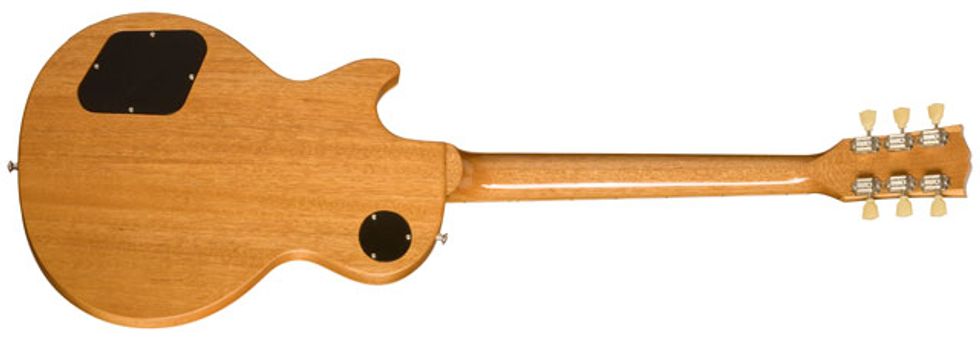
Rude and Polite
At 9.66 pounds, our review model of the Lou Pallo Signature is bit of a boat anchor. But surprisingly, it didn’t actually seem that heavy when playing. The instrument’s rounded ’50s neck profile—about .818" deep at the first fret and .963" at the 12th—was smaller, and more comfortable, than the shape of Gibson’s late ‘50s Historic models. Though the neck felt slightly stiff relative to that on a recent 1960 Les Paul Historic.
Like any good Les Paul, the Lou Pallo Signature sounded loud and dynamic unplugged. But given the instrument’s atypical pickup configuration—a P-90 (single-coil) in the neck position and an open-coil Dirty Fingers humbucker in the bridge—I wasn’t sure what to expect when I plugged the guitar into a Schroeder DB7 amp. The Dirty Fingers was originally made in the early 1980s and recently revived on a signature model for Blink-182’s Tom DeLonge, so it seemed an odd choice for Pallo’s distinctly more polite approach.
But engaged on a clean setting, the Dirty Fingers had a well-balanced and articulate sound that, while not as warm as a ’57 Classic or BurstBucker, made single-note lines pop nicely. When I switched on a NerFuzz distortion pedal by The Tone God, the Dirty Fingers did sound nasty and ungoverned in the best possible way.
The neck-position P-90, which was standard on all Les Pauls from 1952 until the introduction of the humbucker in 1957, was, as expected, a bit more subdued than its bridge companion. With an overdrive pedal on, it sounded nice and creamy. And on a clean set-ting with the volume rolled back a bit, it worked well for some chord-melody-style jazz playing. Switching the distortion back on and selecting the middle pickup position, I found that the P-90 tamed the Dirty Fingers, resulting in a tone that was simultaneously rich and punchy.
The Verdict
Gibson’s Lou Pallo Signature is a smart-looking guitar with a build quality on par with its more costly Historic-series counterparts. While the instrument’s heaviness and one-of-a-kind aesthetic details might put off certain enthusiasts, its atypical electronics will appeal to those looking for a wider sonic range than offered by a traditional Les Paul. Above all, the Lou Pallo Les Paul is a player’s guitar—something Lou’s partner in crime would have appreciated to no end.
Buy if...
you’re in the market for an atypical but classy Les Paul built for maximum versatility that is a bit less expensive than a reissue from Gibson’s Historic series.
Skip if...
you place historical accuracy at a premium or you’ve got back problems.
Rating...
Street $2799 (with hardshell case) - Gibson - gibson.com |


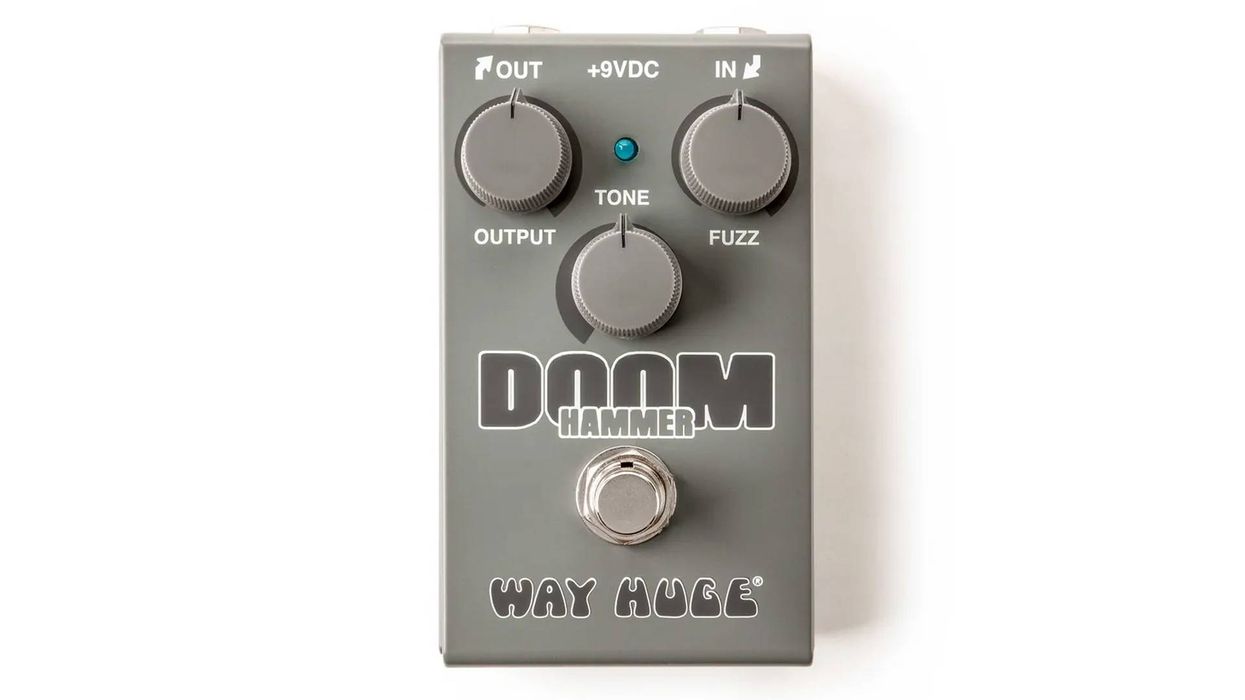
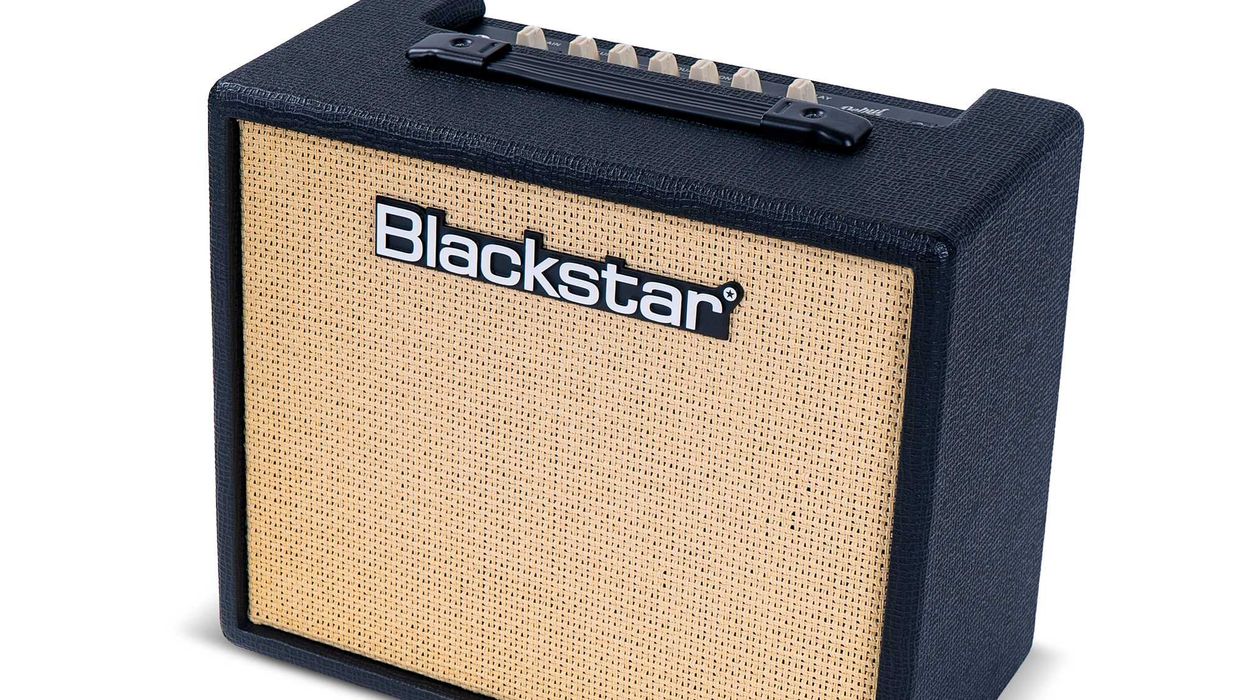
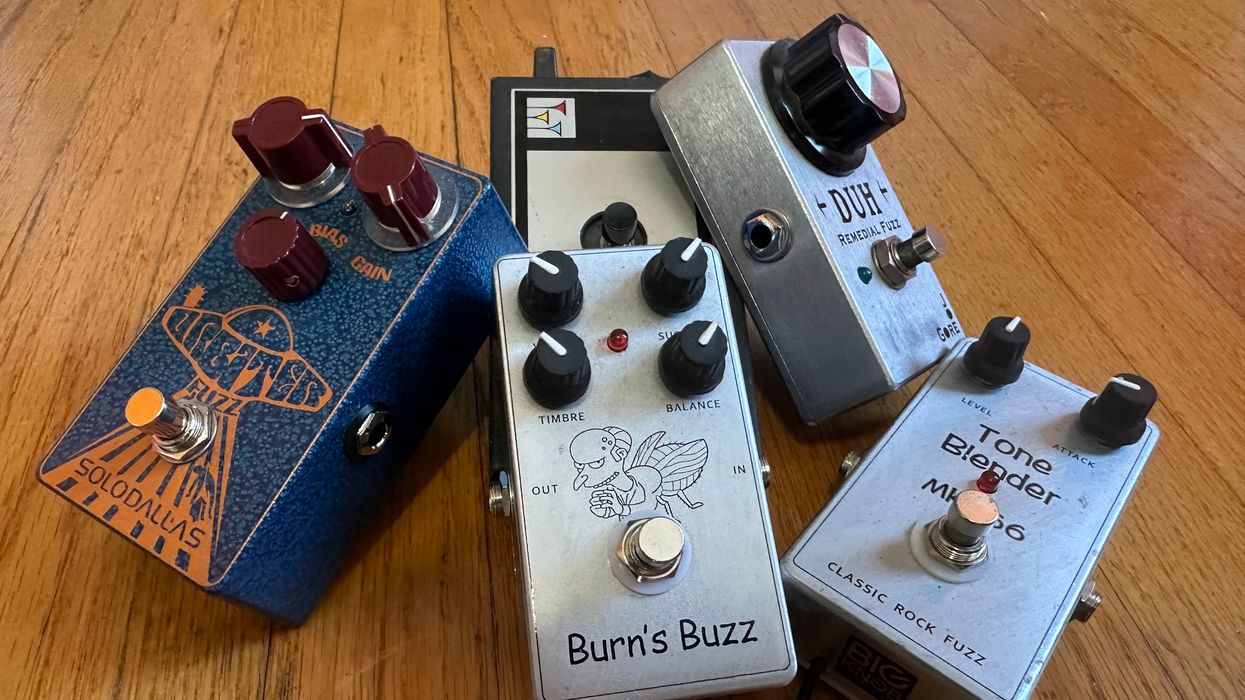

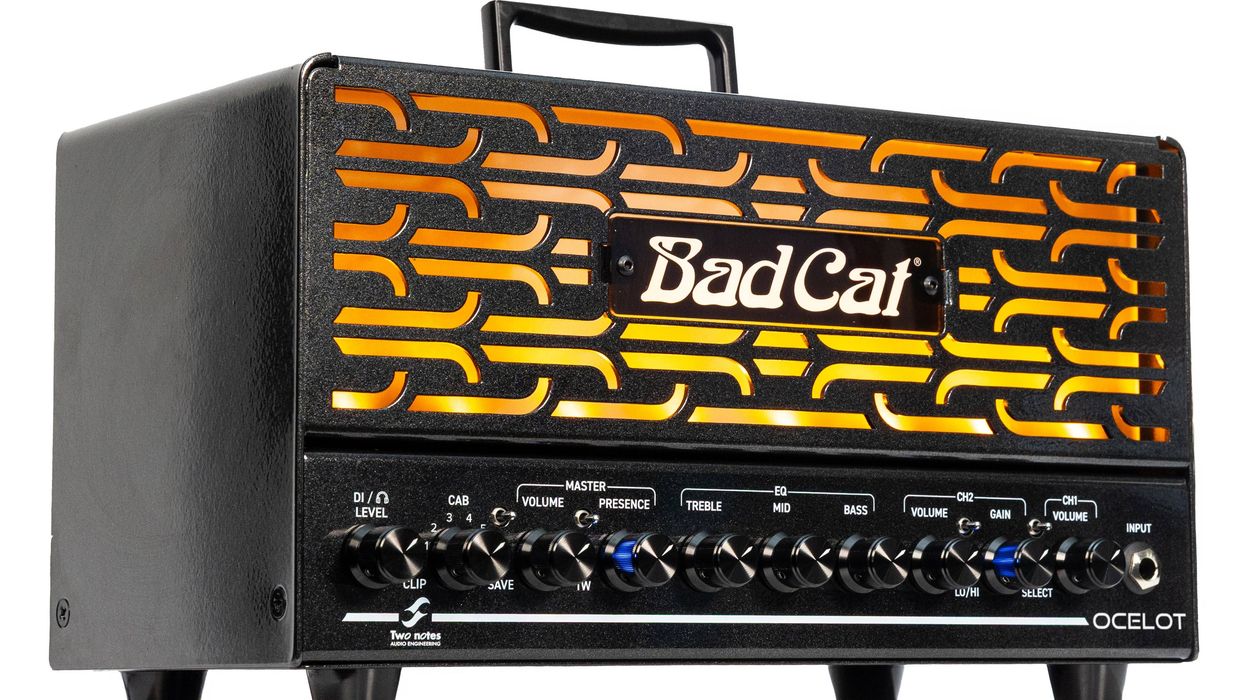
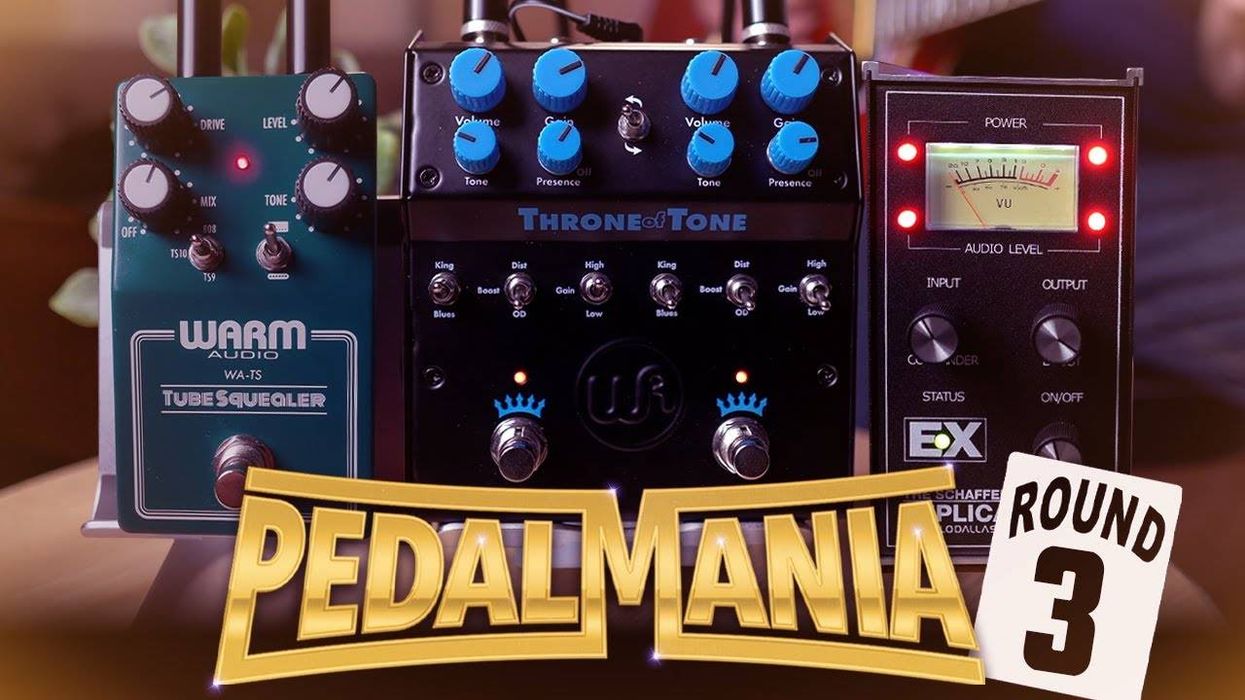
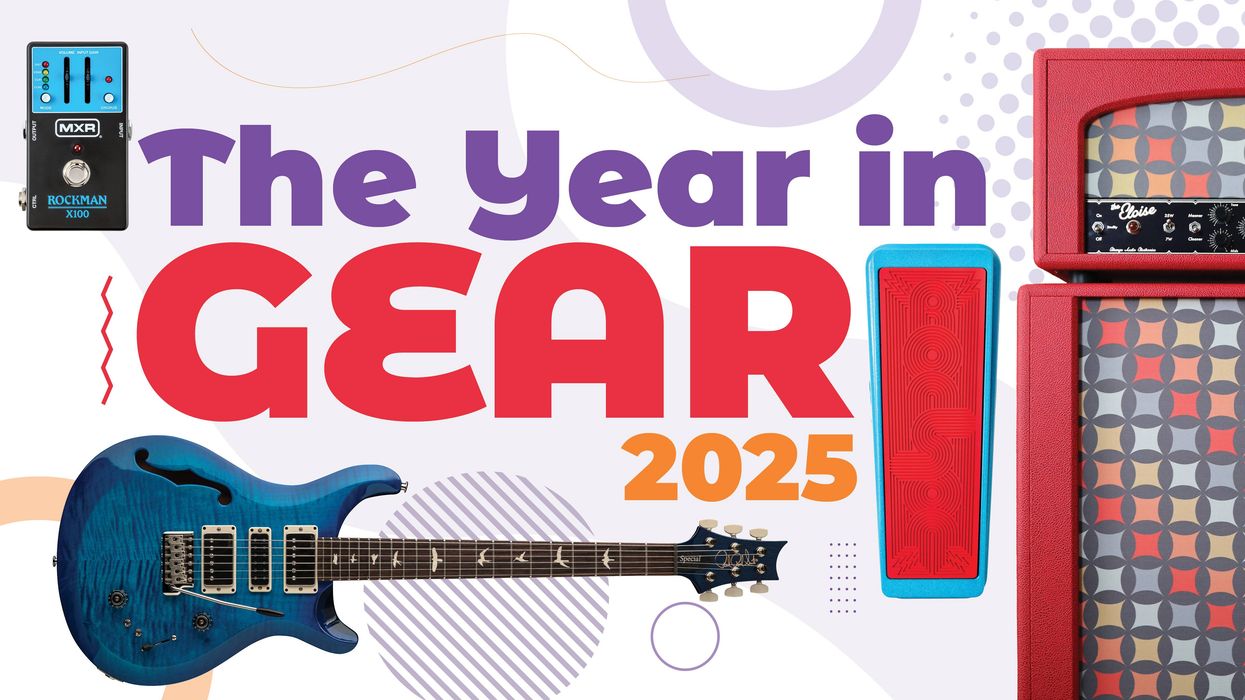
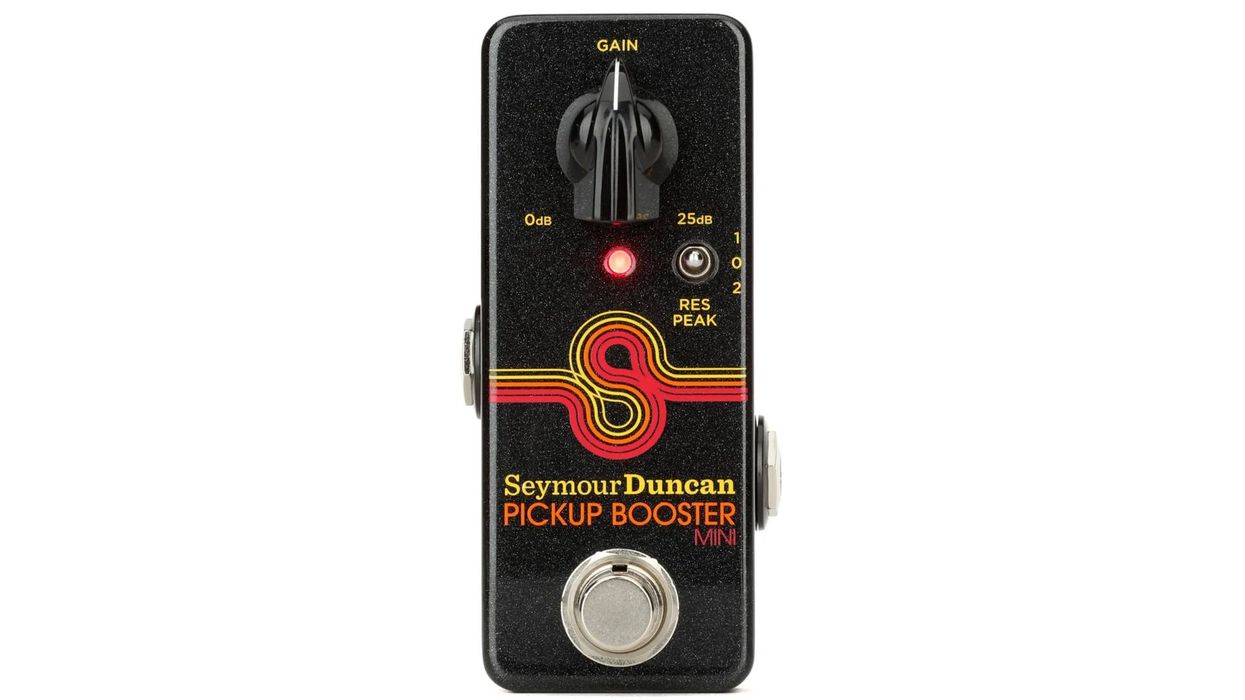
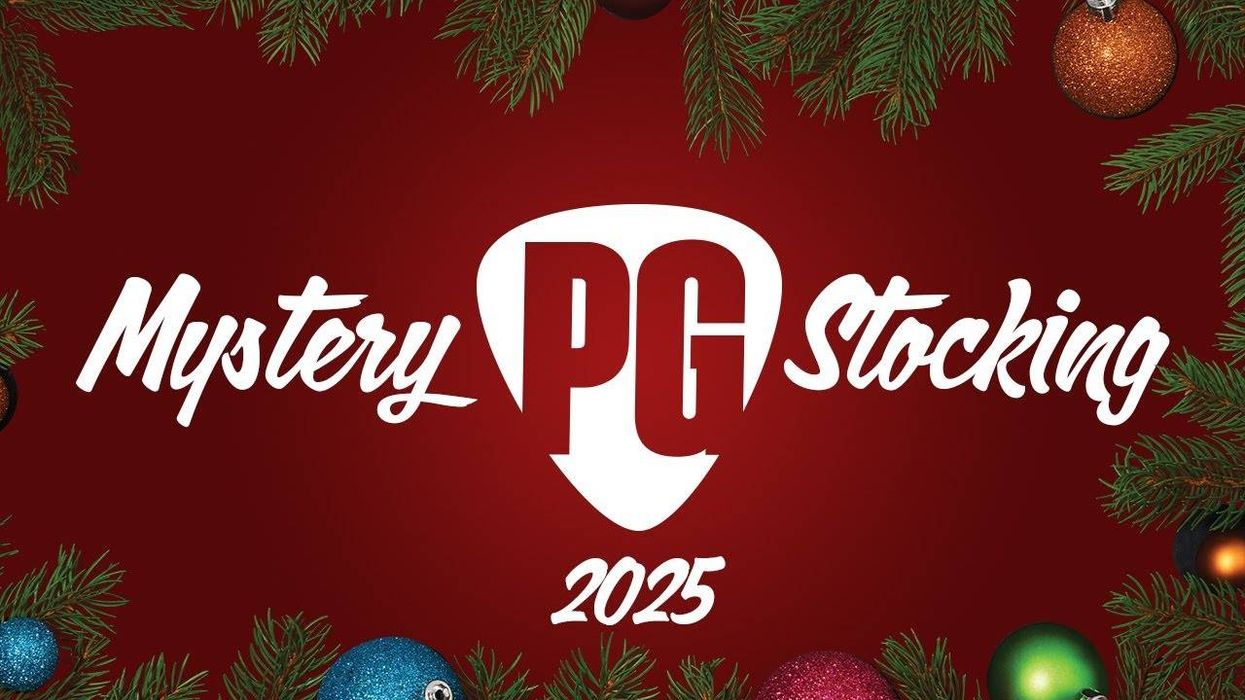
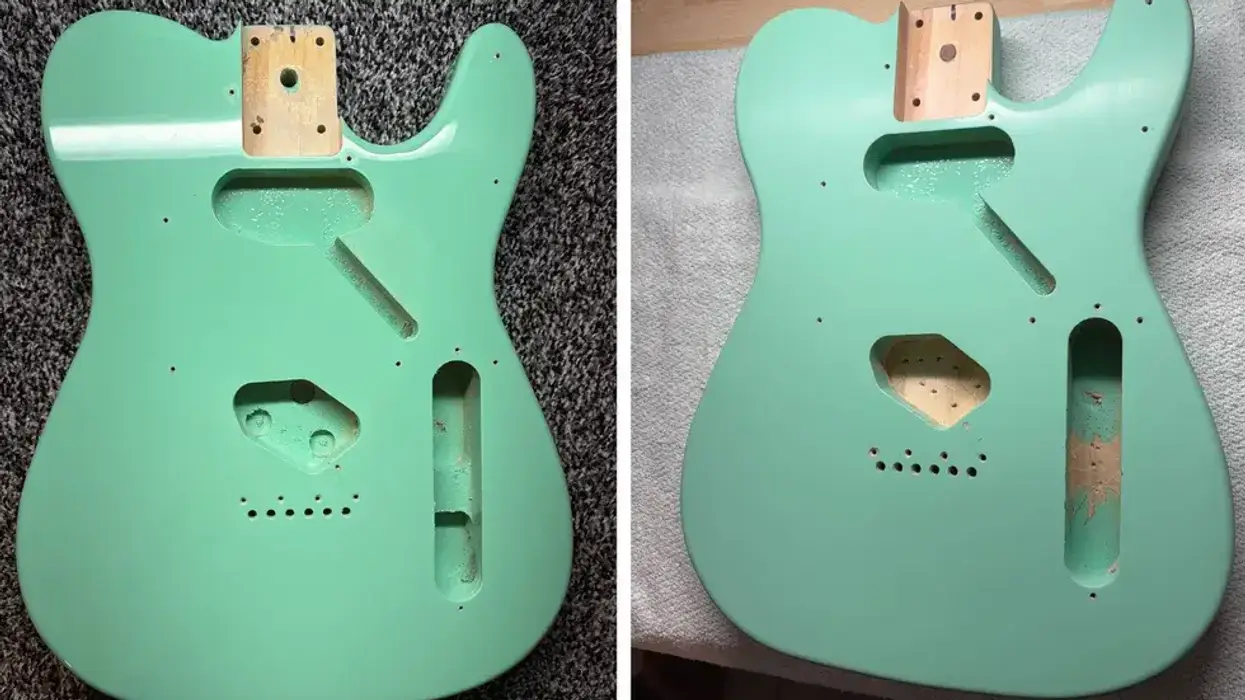
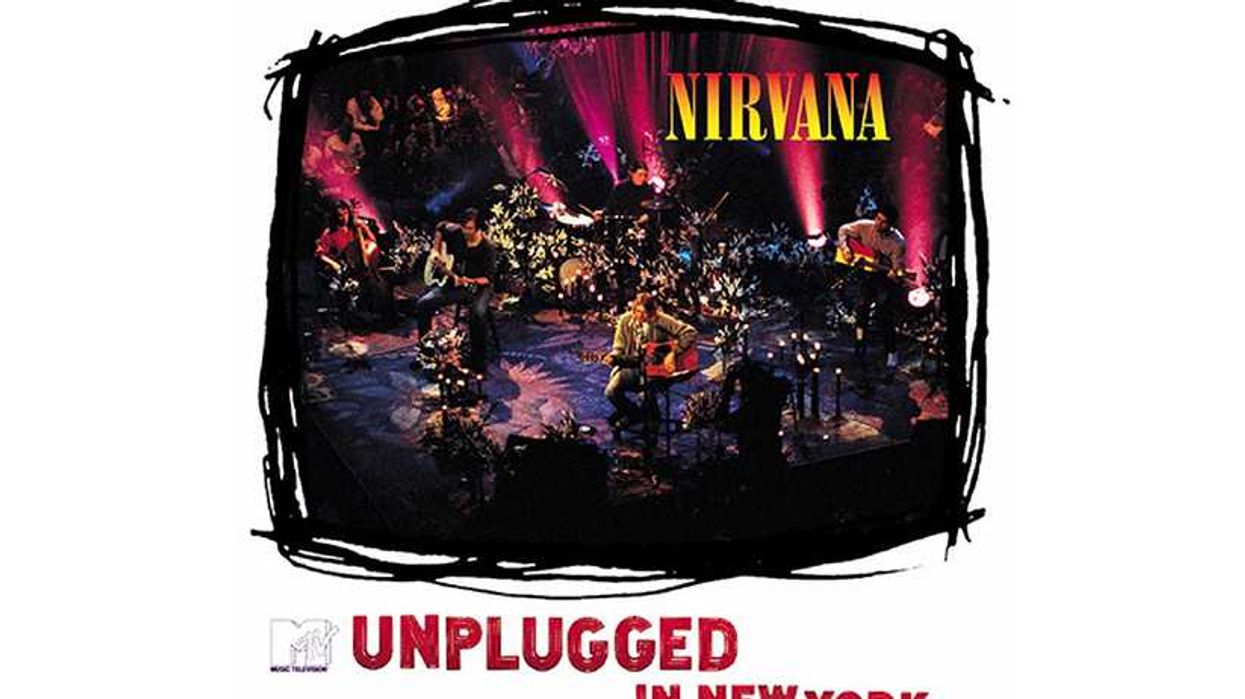
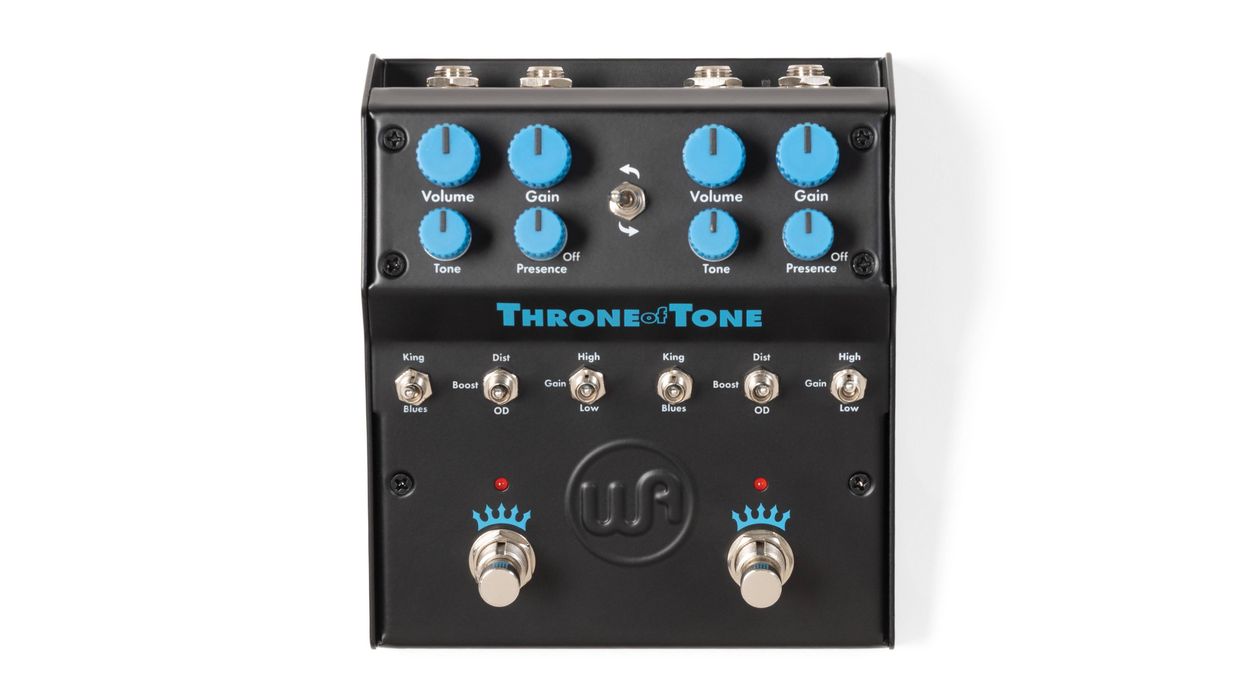
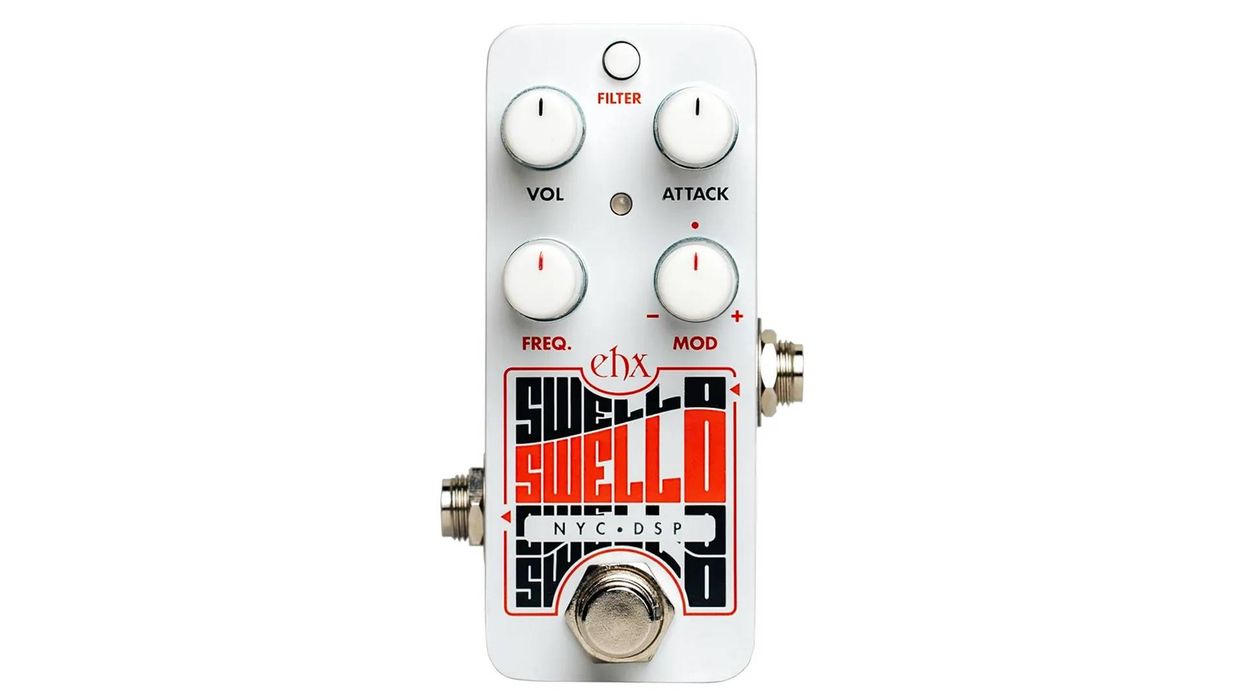
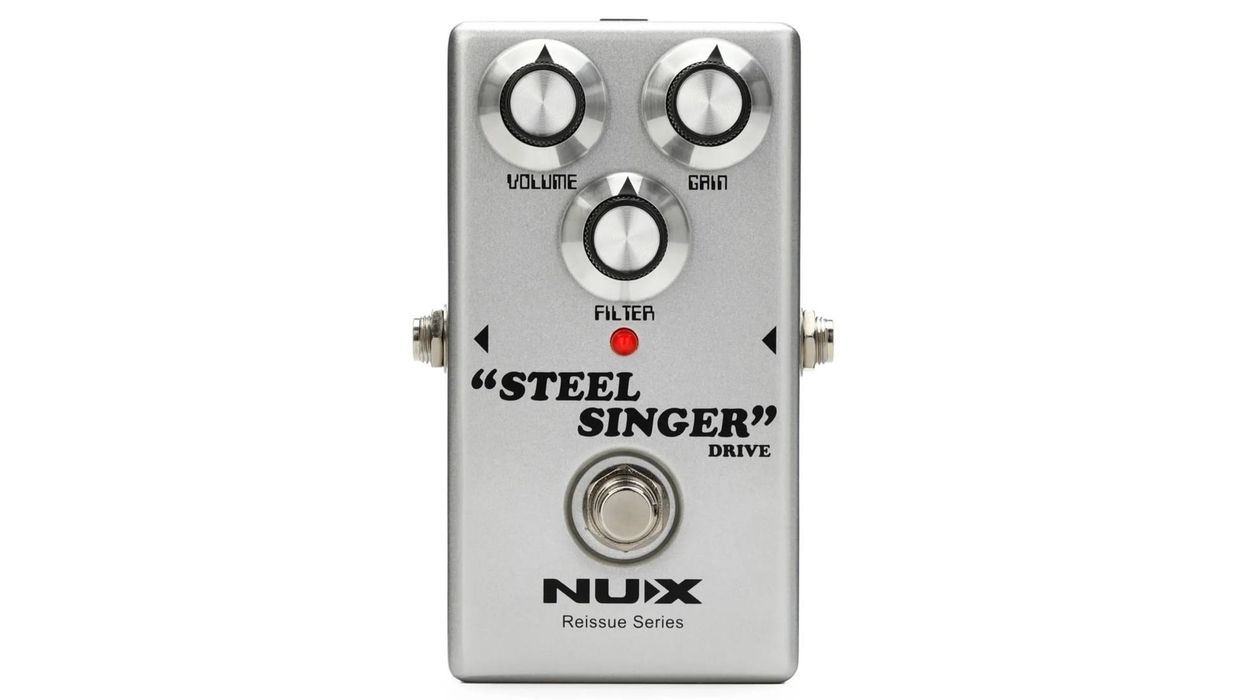
![Rig Rundown: AFI [2025]](https://www.premierguitar.com/media-library/youtube.jpg?id=62064741&width=1245&height=700&quality=70&coordinates=0%2C0%2C0%2C0)
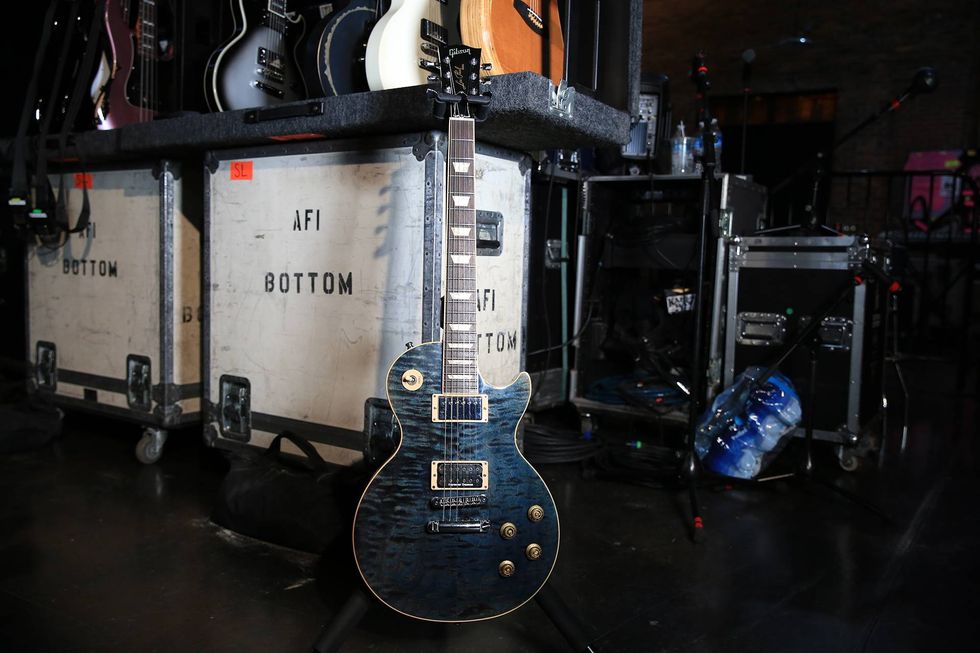
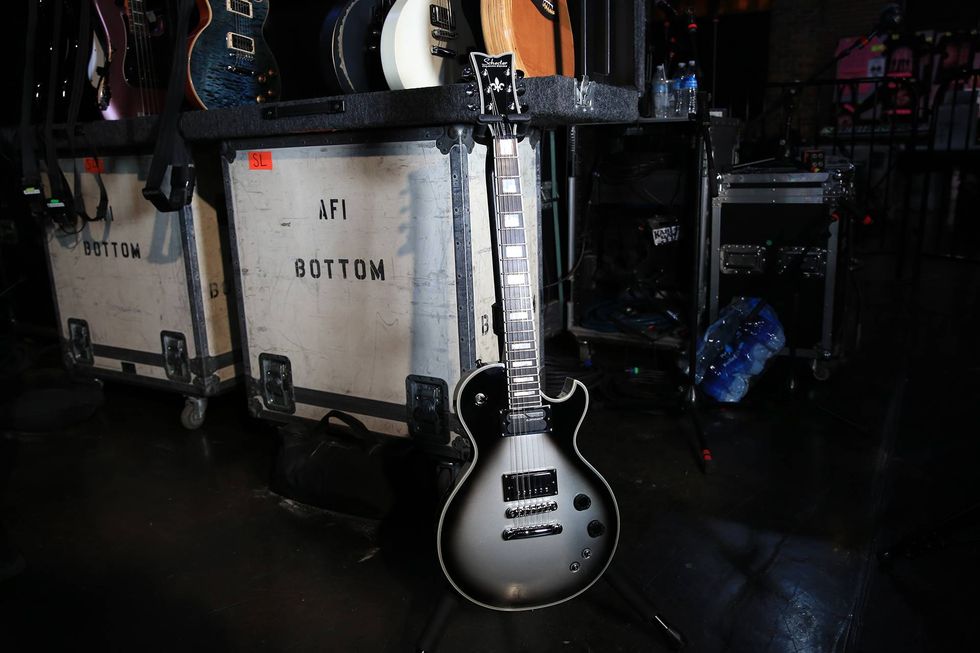
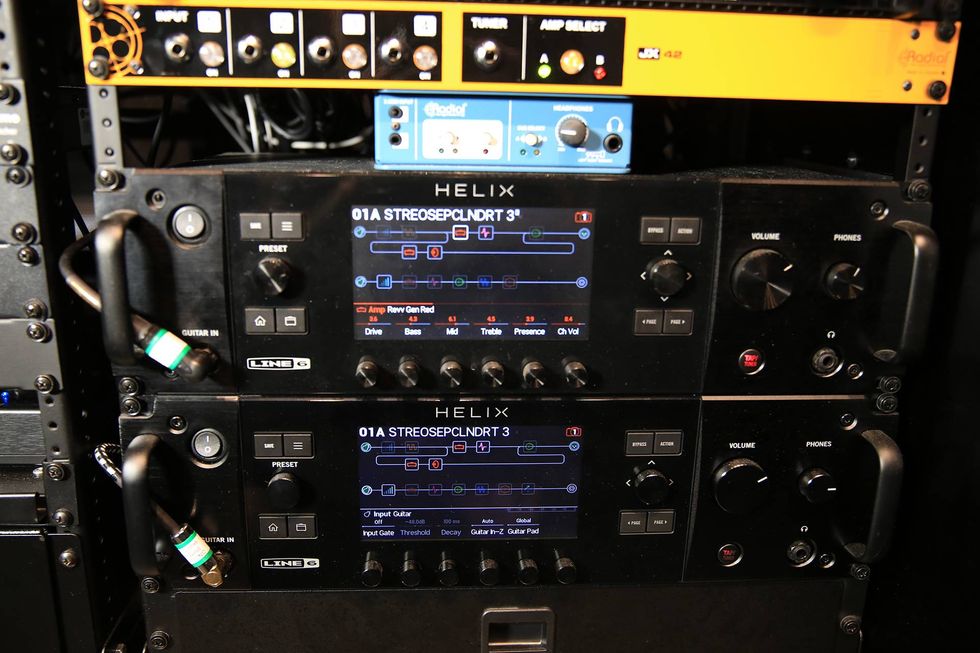
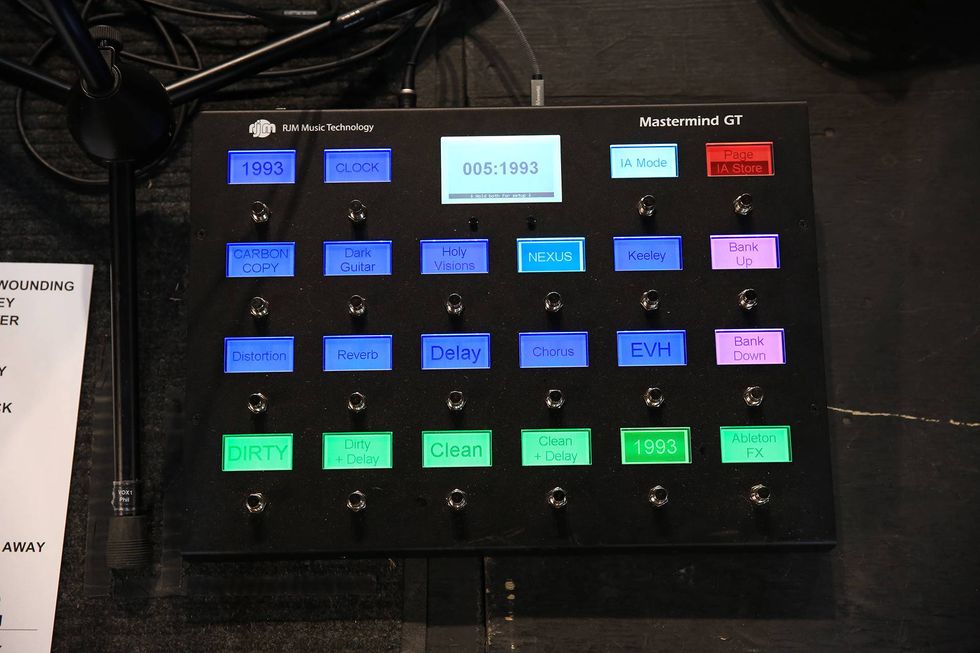
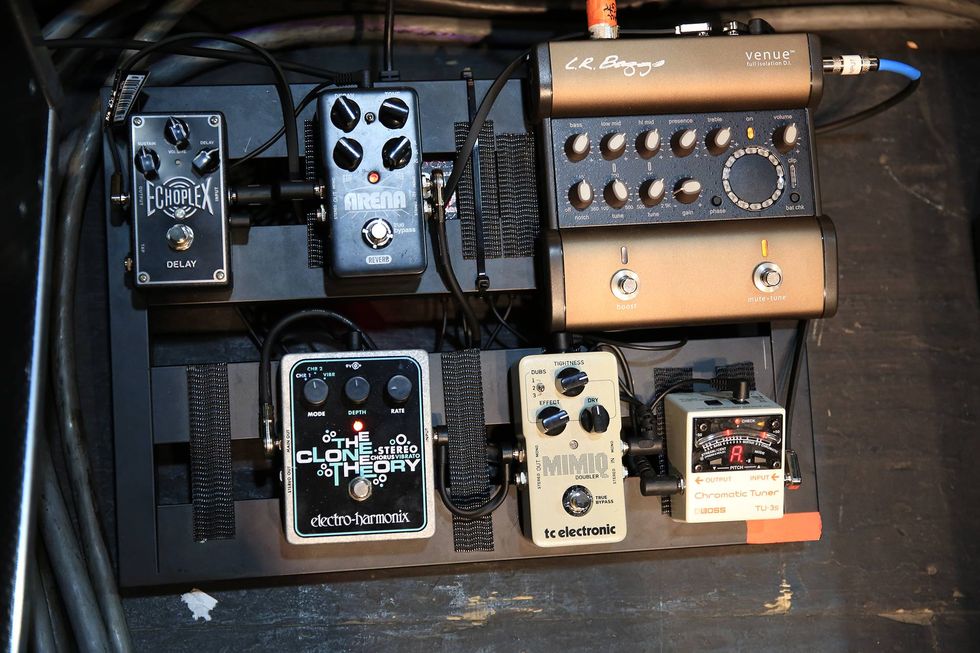
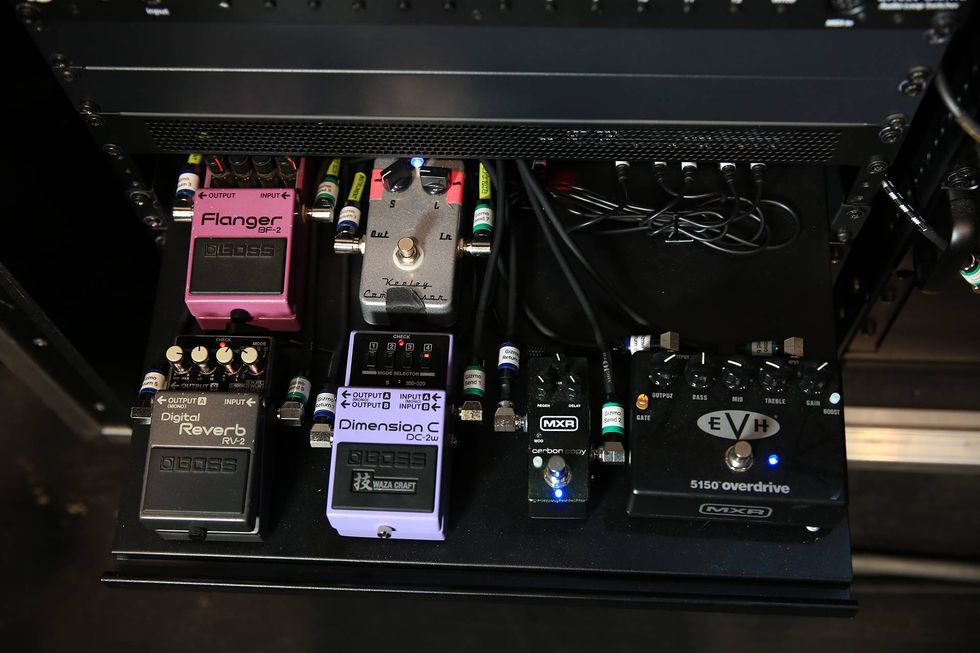
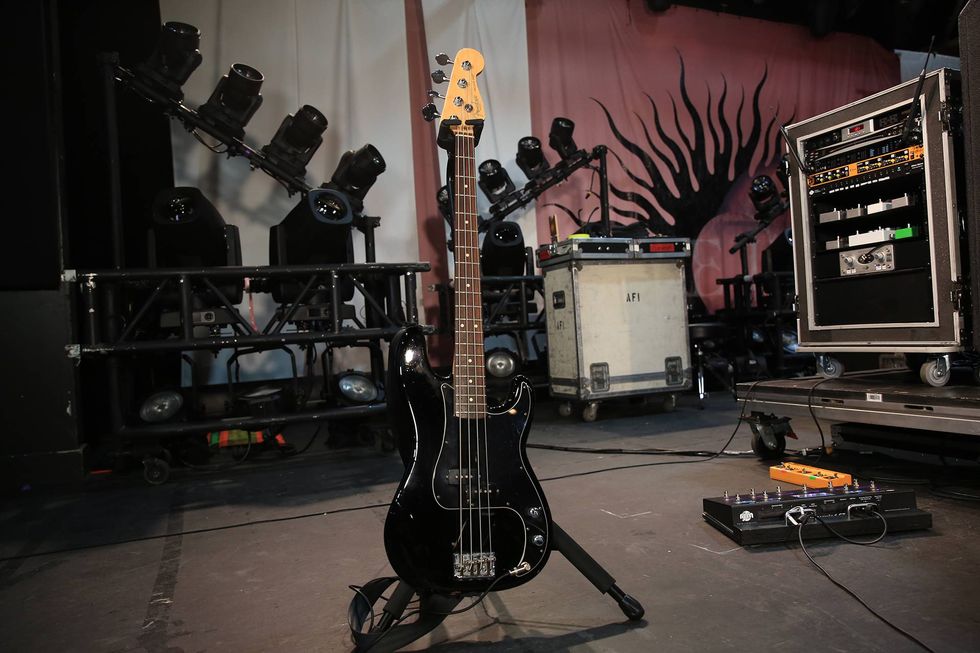
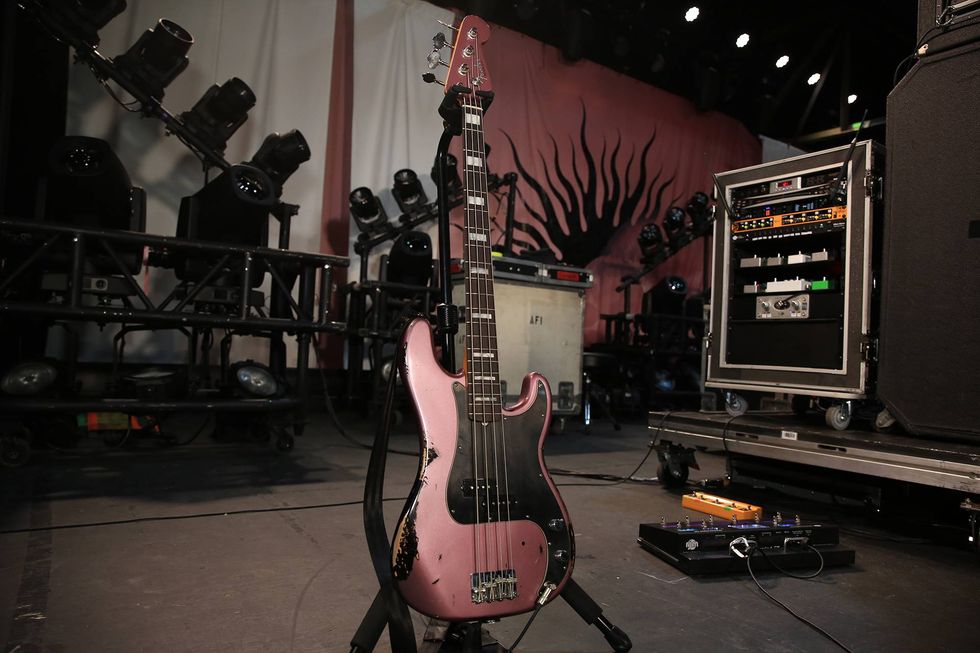
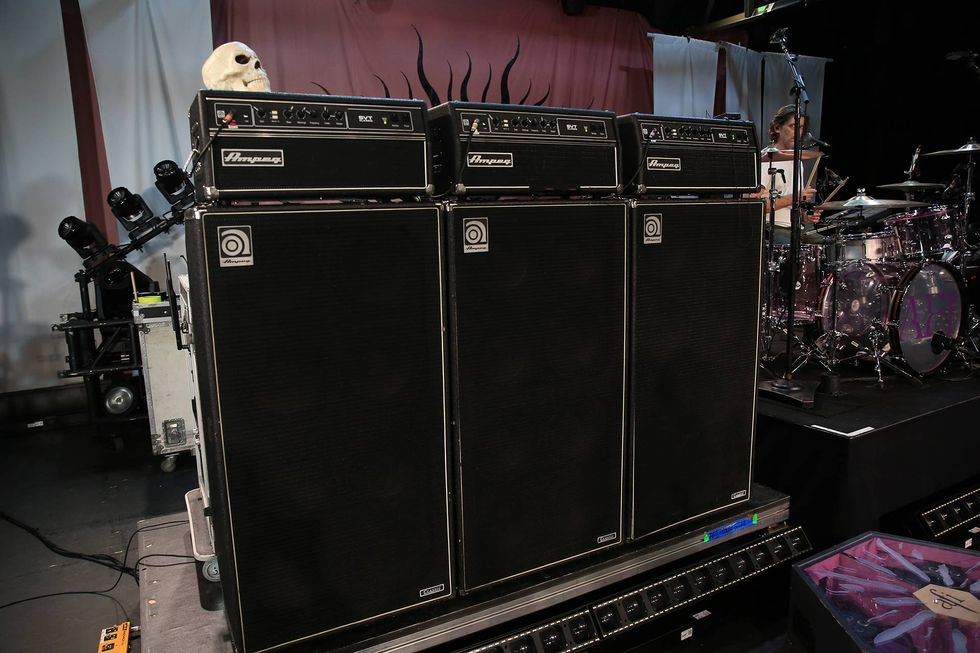
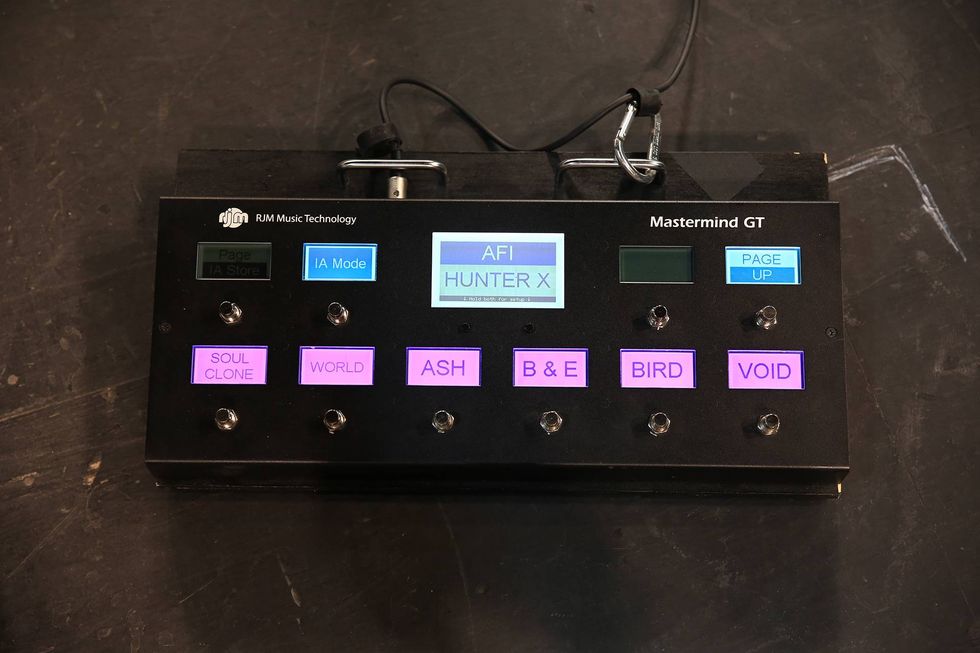
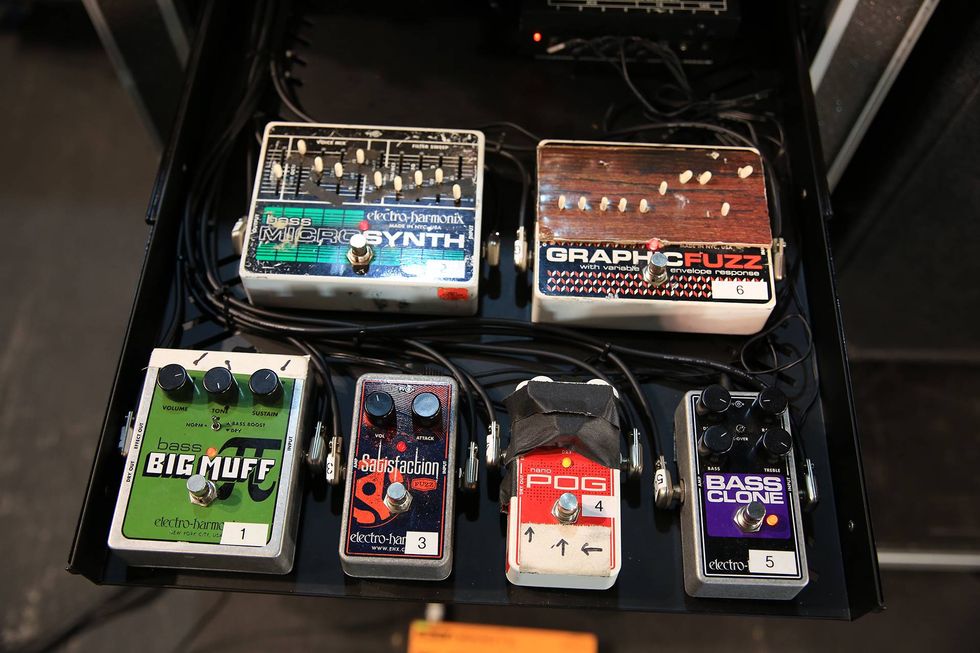
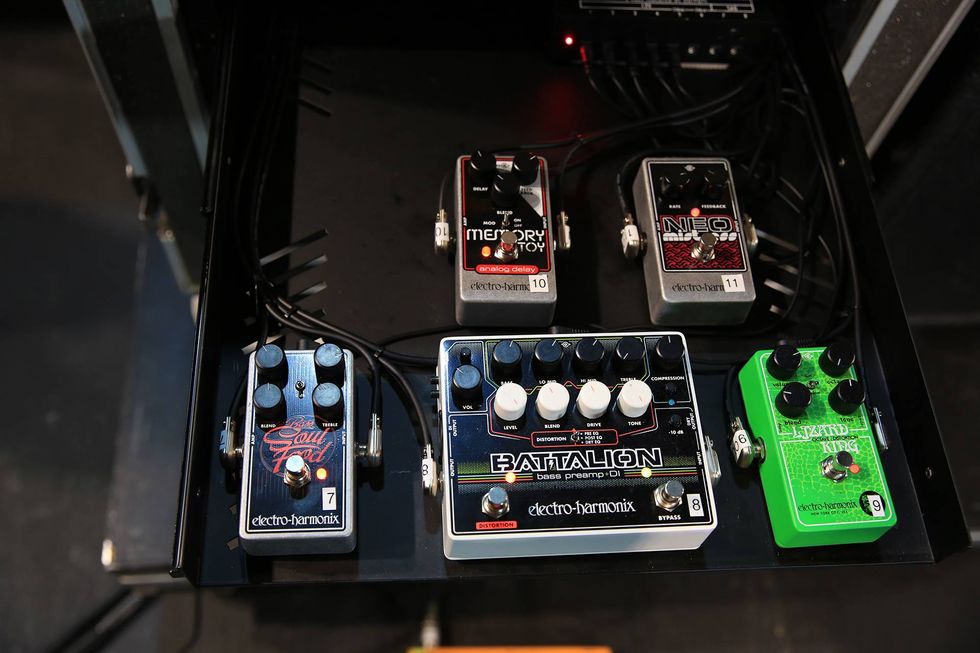
 Shop Scott's Rig
Shop Scott's Rig